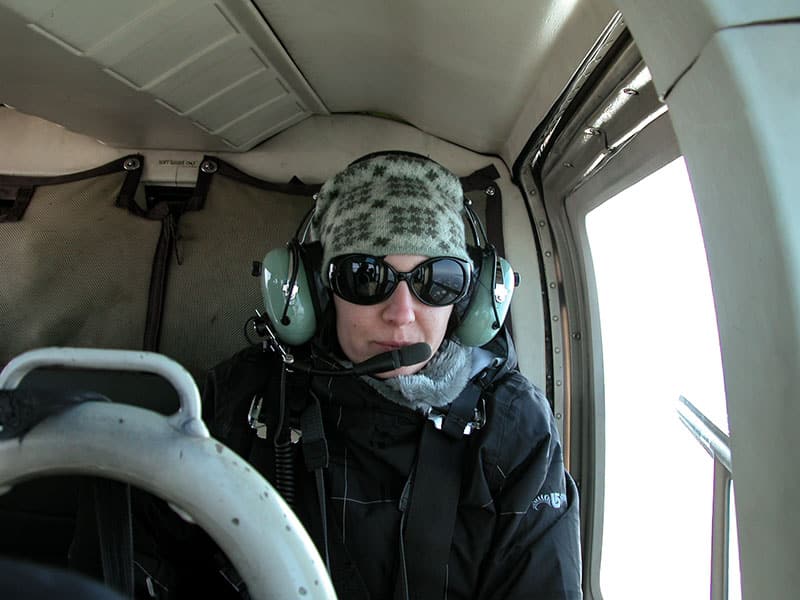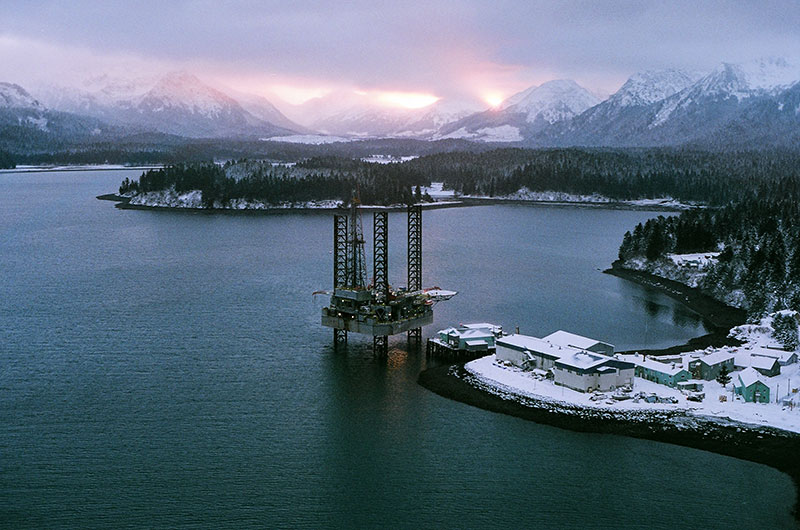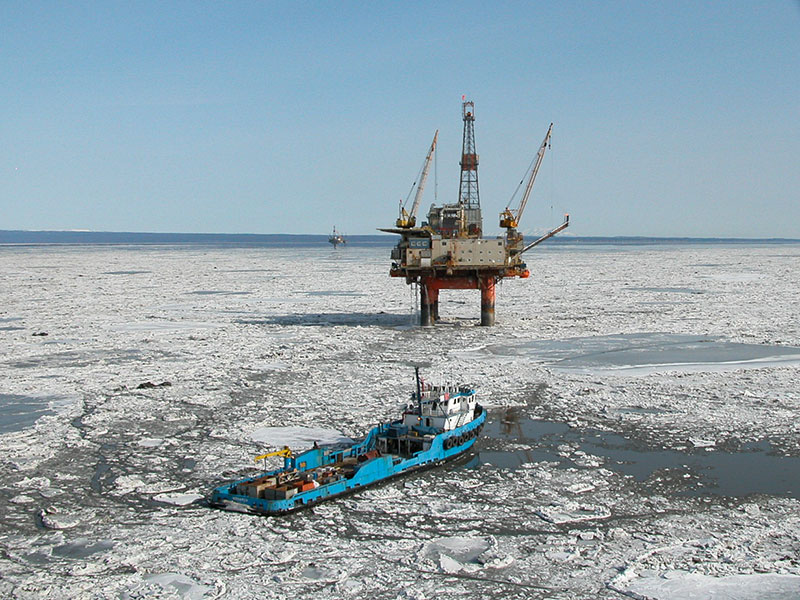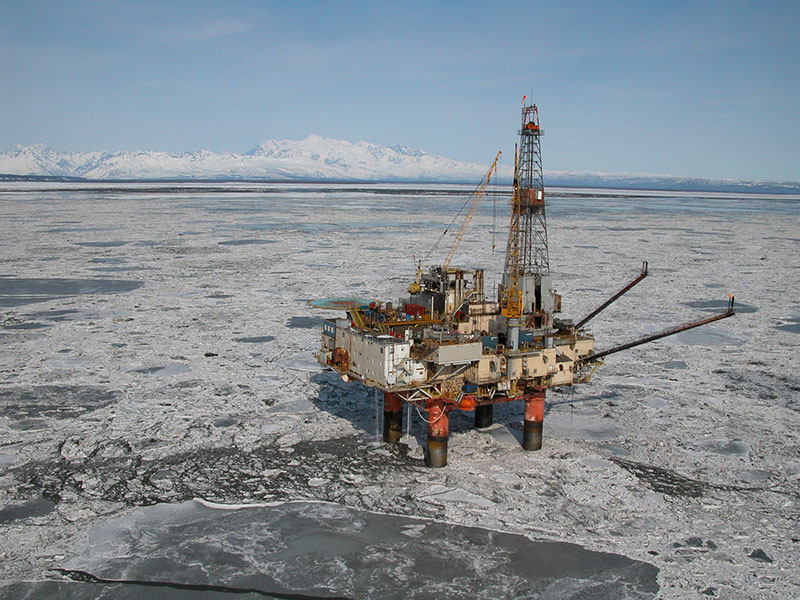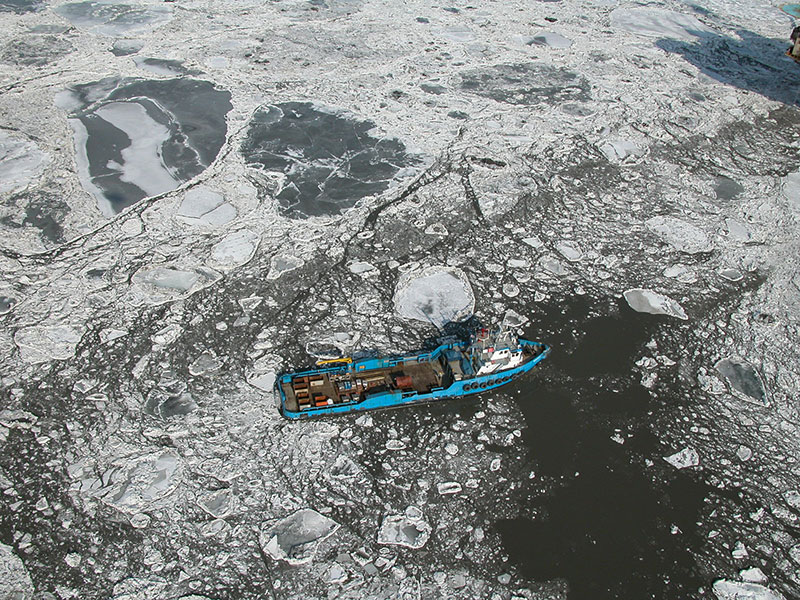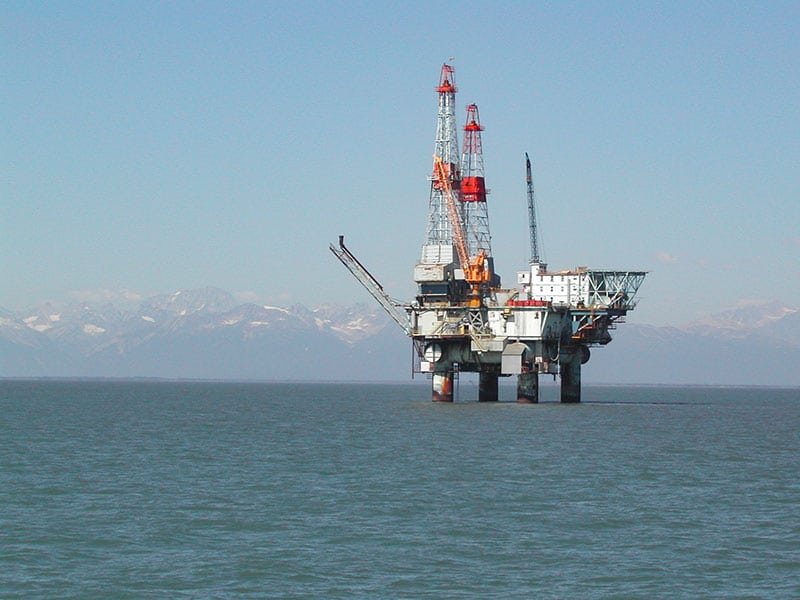CIRCAC project assessing pipeline risk
CIRCAC project assessing pipeline risk
The citizens group wants to evaluate the structural integrity of aging oil and fuel gas lines in and around the Cook Inlet basin
Alan Bailey
Petroleum News
The Cook Inlet Regional Citizens Advisory Council has commissioned Nuka Research and Planning Group to conduct a risk assessment of the various pipelines that run under and around Alaska’s Cook Inlet, Michael Munger, executive director of CIRCAC, has told Petroleum News. In line with CIRCAC’s mandate to promote safe marine transportation and oil facility operations in the Cook Inlet region, the assessment is addressing onshore and offshore oil pipelines and pipelines that carry wet gas, gas that includes natural gas liquids as well as methane. The assessment is also addressing lines that deliver fuel gas to offshore platforms. The assessment is not considering natural gas transmission lines that carry dry gas around the region, Munger said. Nor is the project considering the flow lines that are internal to the Swanson River oil field on the Kenai Peninsula.
Concerns about pipeline condition
CIRCAC is concerned about the condition of the pipelines, given the pipelines’ ages and the fact that independent companies such as Hilcorp Alaska are now talking about operating the lines for at least another 20 years.
“Many pipelines have been operating since the mid ’60s in an extremely harsh environment,” Munger said.
CIRCAC had been considering the possibility of a pipeline risk assessment for many years – in 2000 the Alaska Department of Environmental Conservation had money for a risk assessment in its budget, but that project stalled, Munger said. He emphasized that the project is not a criticism of the oil companies.
“It’s great that these oil fields are being revitalized as the independent companies move in, but we just have to ensure that these aged systems are operating structurally sound and that they will be for the foreseeable future,” Munger said.
Cleaning up an oil spill in the Cook Inlet would be difficult in summer conditions and would be very, very hard in the winter, he said.
Munger said that CIRCAC had begun the project using $50,000 of its own funding, with the Kenai Peninsula Borough chipping in $15,000. There is a further $200,000 in funding in the Alaska Department of Environmental Conservation’s capital budget request, although that request has not yet been approved by the Legislature. CIRCAC is also planning to apply for a technical assistance grant from the federal Pipeline and Hazardous Materials Safety Administration, Munger said.
The oil industry is involved and is being very cooperative, he said.
Two-phase program
Tim Robertson, a principal with Nuka Research, characterized the project has a two-phase program, using the methodology that his company had adopted for a North Slope risk assessment following some oil leaks on the Slope a few years ago. The first phase involves creating an inventory with all available information about the pipelines, including locations, construction materials, corrosion prevention programs and any past history of spills. The second phase involves assembling a panel of nationally recognized experts in corrosion, pipeline construction, pipeline leak detection and civil engineering. The panel will review the pipeline inventory – Nuka Research will provide forums in which the panel can talk to the pipeline operators and to members of the public. The panel will then deliberate what they have found and make recommendations for operators and regulators.
Assembling the inventory
The project team has been engaged in the first phase of the program, assembling the pipeline inventory, pulling information from a wide variety of sources, including the Alaska Department of Environmental Conservation, the Alaska Department of Natural Resources and from the Pipeline and Hazardous Materials Safety Administration, Robertson said. Some of the pipelines were built in the ’60s when there were no digital records, and some are no longer in use, he said. The team has pulled the information together, including all that is known about each pipeline, and constructed pipeline maps. And, at this point, the project has engaged the pipeline operators, asking them to review the information and to provide any additional information that they may have, Robertson said. That process will likely take some time to complete, he said.
Following a review with the operators and the regulatory agencies, the information will become publicly available. The next step will be to initiate the panel review, a step that will require additional funding from the state, Robertson said.




